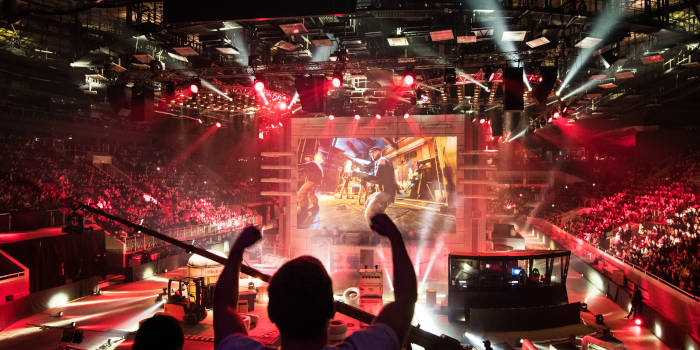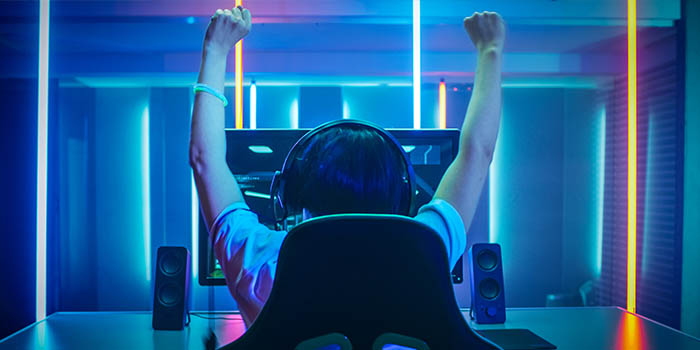The Price of the Grind: Esports Athletes Burnout

The Price of Gaming: Burnout and Cognitive Decline
On December 23, CBSN will air their documentary probing the eternal question – is video gaming dangerous? According to “Esports: The Price of the Grind”, there are downsides to consider and gaming is not the glamorous job some consider it to be.
Emaciated and weary-looking players emerge in the CBSN documentary, but even more importantly, there are expert opinions, with industry observers, such as Richard Lewis, an esports journalist, and Doug Gardner head of Immortals’ performance division, outlining the sacrifices players make.
With the industry growing at a rapid clip, there is an abundance of opportunities to turn a profit, and aspiring and established professionals know it.
So, they start playing as if there’s no tomorrow, investing 12-14 hours a day in order to develop the reflexes they will need to they would need to top the competition and get drafted by serious teams. And once they do, it’s where the fun stops, some report, and the entire experience is transformed into a livelihood.
According to retired professional player Dennis Fong, aged 41, and one of the oldest competitors, there is always a constant pressure to perform.
Losing Track of Players and the Sacrifices being made
Esports journalist Richard Lewis has been even more descriptive and bold in his description of the state of the industry, arguing that has been a miscommunication between players and their specific needs and what gaming organizations demanded from them.
Amid growing concerns about the well-being of players, the most prominent organizations have begun hiring well-being specialists and psychologists who seek to assist gamers with overcoming burnout, exhaustion, and even isolation.
Being Part of the Overwatch league
Understandably, long-hours are necessary for esports, especially at the highest level. Overwatch athletes have been complaining about the exhaustive back-to-back games which they had to endure in the inaugural season of the Overwatch League (OWL).
The issue with the back-to-back Overwatch games is that teams cannot rest. Each game could need up to several possible strategies and counters to the enemy’s strategies. Different teams also have their unique play style which needs adapting too, putting competitors under a lot of strain to drill successful combos as much as they can.
However, when you add the fact that games are held in the space of several hours, it means that competitors must go without getting a shut-eye and have prolonged sessions awake.
Now that esports are entering schools, the ethical side of things, as well as the well-being of participants, is becoming an increasingly important topic. Blizzard has promised to reduce the number of back-to-back games significantly over the new season.
CBSN’s documentary will show the state of affairs, but it will be the cumulative effort of the entire community to see burnout put behind our backs.
As an avid follower of sports and the newly recognized industry of esports, Heidi uses her expertise to help the team push out the best sports content. She is also continually learning more about the gambling industry in general and pushes out a variety of content.



